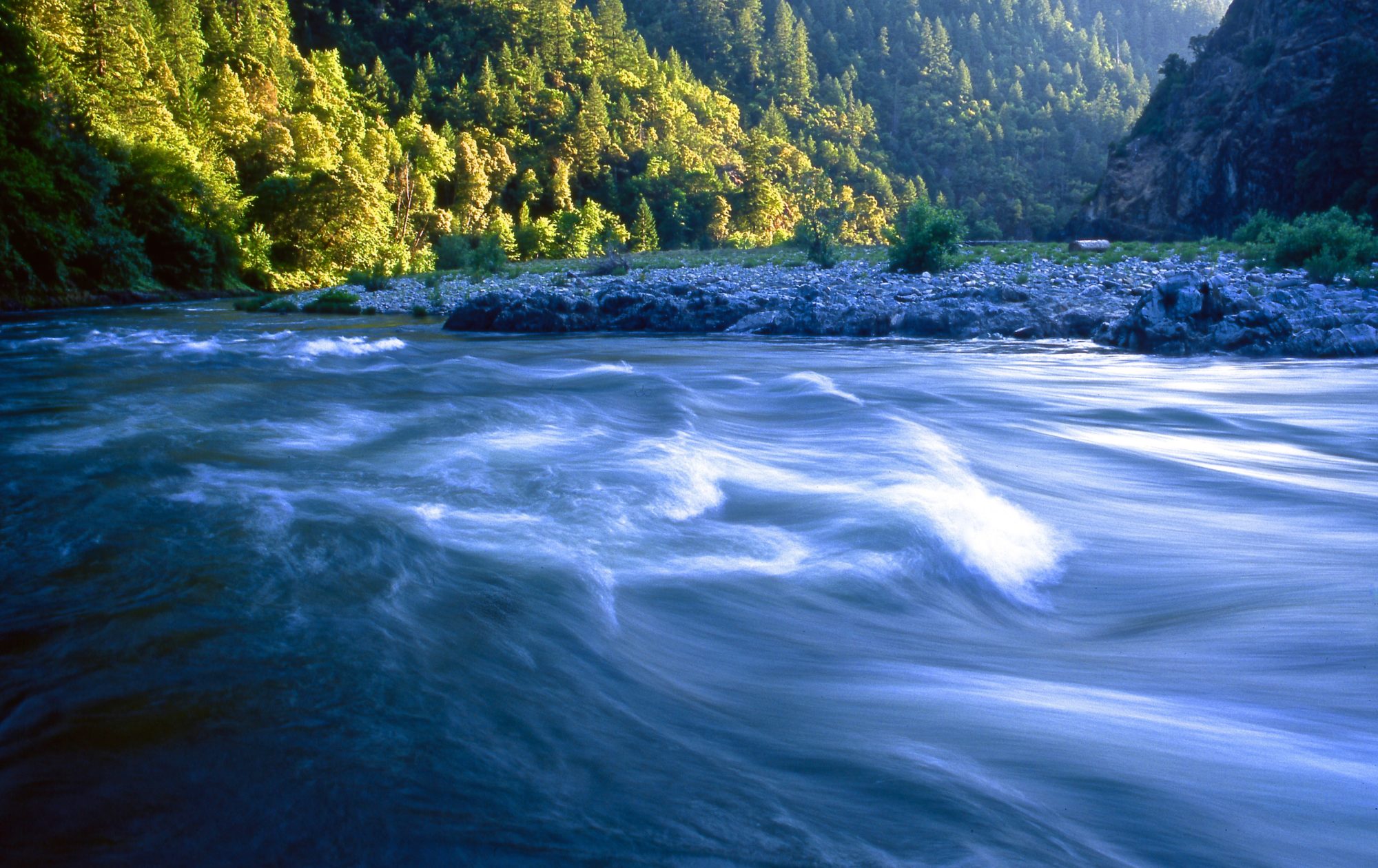The Kalmiopsis Audubon Society has a long history of working toward conservation of Southwest Oregon’s unique serpentine landscapes. Some spots where the unusual red rock outcrops can be seen are at Iron Mountain at the headwaters of Elk River; Red Flat at the headwaters of Hunter Creek and North Fork Pistol River; at Snow Camp, Game Lake, and Rough and Ready Creek in the watershed of the Wild and Scenic Illinois River; at Pearsoll Peak, Babyfoot Lake, and other spots in the Kalmiopsis Wilderness at the headwaters of the Chetco River; and at Lemmingsworth Gulch in the Wild and Scenic North Fork Smith River basin. These stark landscapes have a stunning beauty that seems desert-like though our region’s mountains often get more than 100 inches of rain annually!
Derived from ultramafic geology, serpentine landscapes are composed of highly mineralized soils that generally lack the basic nutrients that most plants and trees need. However, an unusual set of rare plants has evolved remarkable adaptations that enable them to tolerate and, in some cases, thrive in serpentine soils. Many of these plants are rare and endemic to the Siskiyou Mountains and grow nowhere else in the world
For example, to cope with low nitrogen conditions, the showy California pitcher plant (Darlingtonia californica) has evolved the remarkable strategy of carnivore. The plant uses a scent cue to attract flies into a small opening in its enclosed hood, where they become trapped. Ultimately the insects die and fall into a solution of special enzymes that dissolve them into usable nitrogen for the plant’s metabolism. The roundleaf sundew (Drosera rotundifolia) and western false asphodel (Triantha occidentalis) are other local plants that uses carnivorism as a strategy.
Some trees and shrubs are not serpentine obligates but instead endure the challenging soil conditions and grow only in stunted forms. Some trees that grow to full size nearby but reach only to dwarf or stunted heights on serpentine soils include Port Orford cedar, knobcone pine, Jeffrey pine, and madrone. For more information about the Siskiyou Mountain’s unique serpentine botany, check out this Forest Service page on the botanical richness of serpentine communities.
Back in the 1980s, through the leadership of Kalmiopsis Audubon founding members Veva Stansell and Fred Bowen, KAS together with the Innominata Garden club nominated BLM lands with unique serpentine botanical values up Hunter Creek —Hunter Creek Bog and North Fork Hunter Creek—as Areas of Critical Environmental Concern. More recently, in collaboration with the Native Plant Society of Oregon, we’ve nominated the Signal Buttes area on Forest Service lands up Hunter Creek as the proposed Veva Stansell Botanical Area.
Most important, we’ve worked hard to protect these botanically rich serpentine landscapes in our region from the threat of strip mining. The same mineralized qualities that provide for such unique plant life have also drawn the attention of mining companies. The primary mineral in the serpentine areas is nickel. The laterite soils contain only low-grade minerals, and so their development would require massive strip mines to remove only relatively small amounts of nickel. Mining and processing of the nickel through the acid heap leach method has a high potential to pollute air and also the waters of the finest salmon streams our wild rivers coast.
Nevertheless, speculating mining companies have repeatedly sought to continue exploration or development of these lands. Most recently, in 2013, the foreign-owned Red Flat Nickel Company proposed to expand exploration and drilling operations up Hunter Creek, but fortunately our elected officials introduced legislation to withdraw these and other vulnerable headwaters areas from new mining claims. In aid of this legislation, in 2016, KAS —in conjunction with local residents, partnering conservation and community organizations, tribes, local business and governments, and our members of Congress —secured the 20-year administrative Southwest Oregon Mineral Withdrawal that temporarily prohibits the location of new mining claims —until Congress can make the withdrawal permanent. Given that the Mining Law of 1872 lacks sufficient safeguards to conserve the extraordinary natural values of our Wild Rivers Coast watersheds, the mineral withdrawal is the best tool we have to protect our rivers and rare plants. With growing demand for battery metals, the conservation of these serpentine headwaters areas has never been more urgent!
For more information, see Protecting our Wild Rivers Coast from strip mining.


